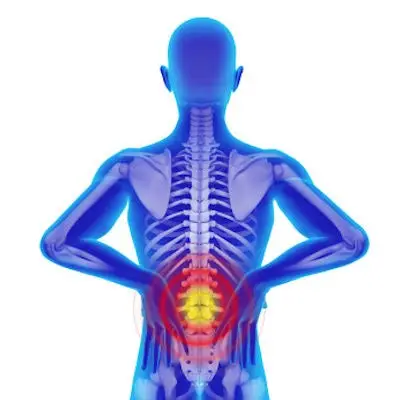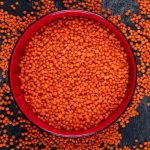Shear-wave elastography reveals tissue stiffness in athletes with low-back ache, based on analysis revealed November 22 within the Archives of Bodily Medication and Rehabilitation.
A group led by Siu Ngor Fu, PhD, from the Hong Kong Polytechnic College discovered larger deep lumbar multifidus (DLM) stiffness in athletes with low-back ache and better superficial lumbar multifidus (SLM) stiffness in athletes concerned in sports activities with higher calls for on again extension.
“Rehabilitation for persistent low-back ache might give attention to lowering DLM stiffness with particular interventions, and sport-specific conditioning packages ought to deal with SLM stiffness to stop accidents and improve efficiency,” the Fu group wrote.
Low-back ache is a standard prevalence for athletes. Researchers have explored how the lumbar multifidus muscle, which stabilizes the lumbar backbone, might be an element tied to the onset of low-back ache. Whereas the DLM aids in stabilization, the SLM is answerable for spinal extension and rotation. The researchers famous that this might level to the SLM being extra affected by actions with extra bodily demand.
Fu and colleagues studied whether or not DLM stiffness could be larger in athletes with low-back ache than in asymptomatic sufferers. In addition they evaluated whether or not SLM stiffness considerably differed amongst athletes who participated in various kinds of sports activities.
The research included 99 skilled athletes aged 18 to 27 years. The athletes got here from weightlifting, badminton, and observe and subject groups. Of the full, 38 athletes had persistent bilateral low-back ache.
The individuals underwent shear-wave elastography to have their tissue stiffness measured. Particularly, the researchers used elastography to measure Younger’s modulus, a biomarker that signifies stiffness. They targeted elastography scans on the L4/5 side joint stage of the backbone, the place each the DLM and SLM are.
Athletes with persistent low-back ache confirmed considerably larger DLM stiffness on the dominant and nondominant sides (by 17.73% and 13.54%, respectively) in contrast with pain-free counterparts. This included common variations of two.52 kilopascals (kPa) for the dominant aspect (p = 0.001) and 1.83 kPa for the nondominant aspect (p = 0.046).
SLM stiffness in the meantime assorted considerably among the many three athlete teams. The group noticed higher SLM stiffness on the nondominant aspect in weightlifters than in badminton gamers by 51.76% (common distinction = 8.97 kPa; p = 0.010) and observe and subject athletes by 72.01% (common distinction = 11.01 kPa; p = 0.008).
The research authors prompt that common muscle stiffness evaluation by way of elastography may make means for early detection of irregular low-back patterns and well timed interventions to cut back low-back ache threat and forestall musculoskeletal points.
“These findings emphasize tailor-made therapeutic methods primarily based on the game and athlete’s situation to successfully handle and forestall low-back ache,” they wrote. “Future interventional research ought to additional discover the function of lumbar multifidus stiffness in low-back ache.”
The complete research may be discovered right here.









